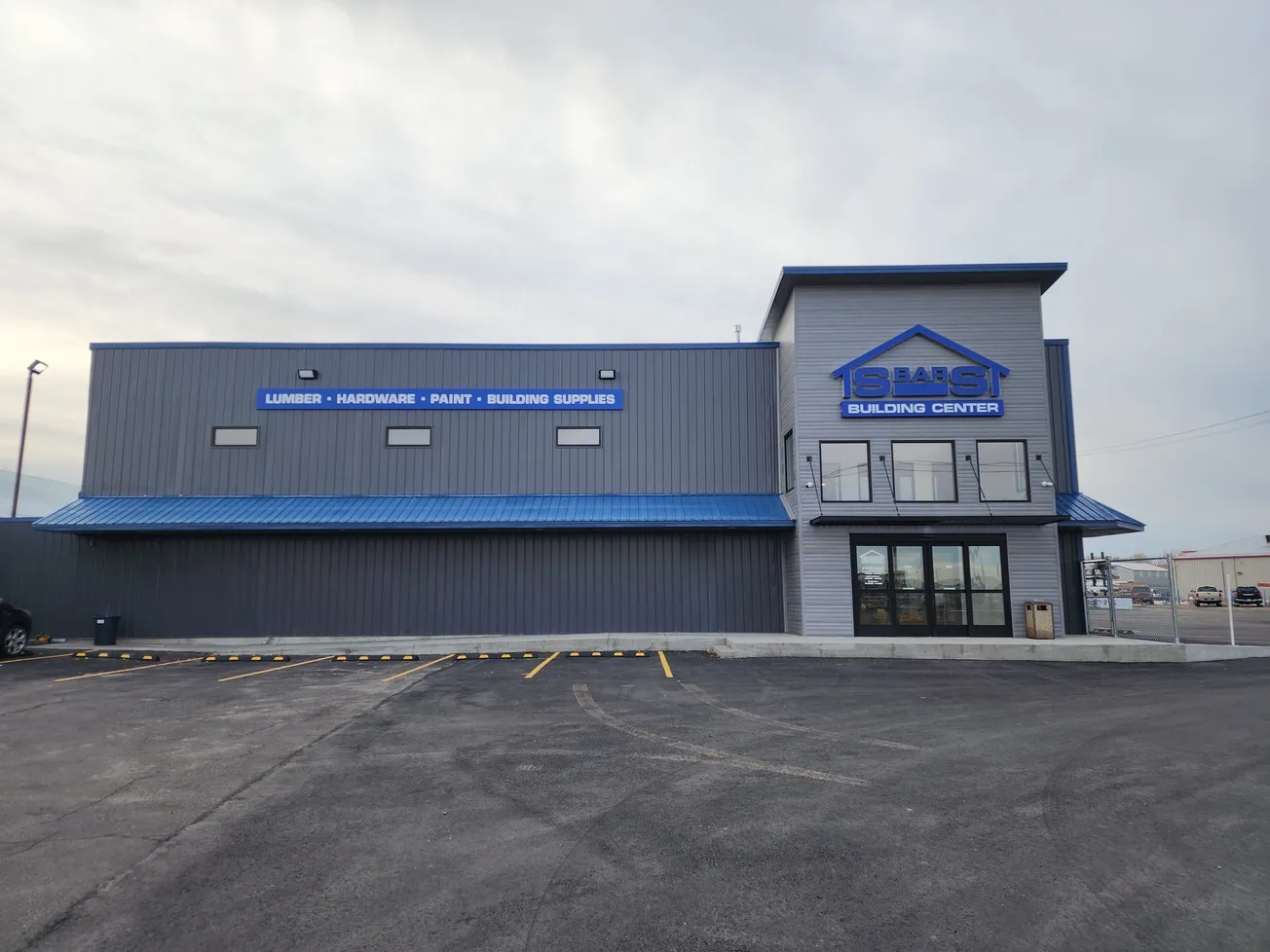Table of Contents
CalPlant I, a $315-million rice straw-based MDF plant currently under construction in Willows, Ca., is scheduled to begin production this fall.
An inventory of more than 200,000 tons of rice straw is already in storage at the site for the first run of panels, which should roll off the line this November.
“This facility is the first of its kind in the world in so many ways,” said CEO Jerry Uhland. “Not only will it have a production capacity to supply 30% of California’s MDF demand, it will significantly reduce the use of water to flood rice fields in the Sacramento Valley, thereby cutting the production of greenhouse gases.”
CalPlant will be the world’s first commercial-scale producer of no-added-formaldehyde, rice straw-based MDF, and at design capacity, the plant will produce more than 140 million sq. ft. (¾” basis) annually. Rice straw is an annually renewable raw material, with all of the material for the plant being procured each year from Sacramento Valley rice growers within a 15- to 25-mile radius of the plant site.
Employing a 115-ft.-long Generation 9 Siempelkamp ContiRoll continuous press, CalPlant will be staffed by 115 full-time employees with 450 part-time jobs created during the annual straw-collection period. The mill will be able to produce MDF thicknesses of 2.0 mm to 30 mm.
Columbia Forest Products, which is CalPlant’s exclusive sales agent, is an investor in the project.
In addition to its formaldehyde-free adhesive system, which will guarantee compliance with new Federal TSCA Title VI regulations on formaldehyde emissions from composite panels, CalPlant’s operations will produce significantly less volatile organic compound (VOC) emissions due to its feedstock and is expected to be a minor source of emissions under EPA rules. Its reclamation of approximately 20% of the Sacramento Valley’s rice straw waste will also result in significant savings of the water now used to flood fields to decompose straw after the annual harvest.






